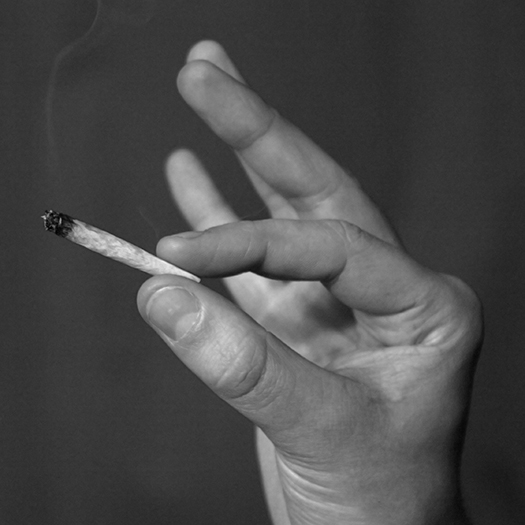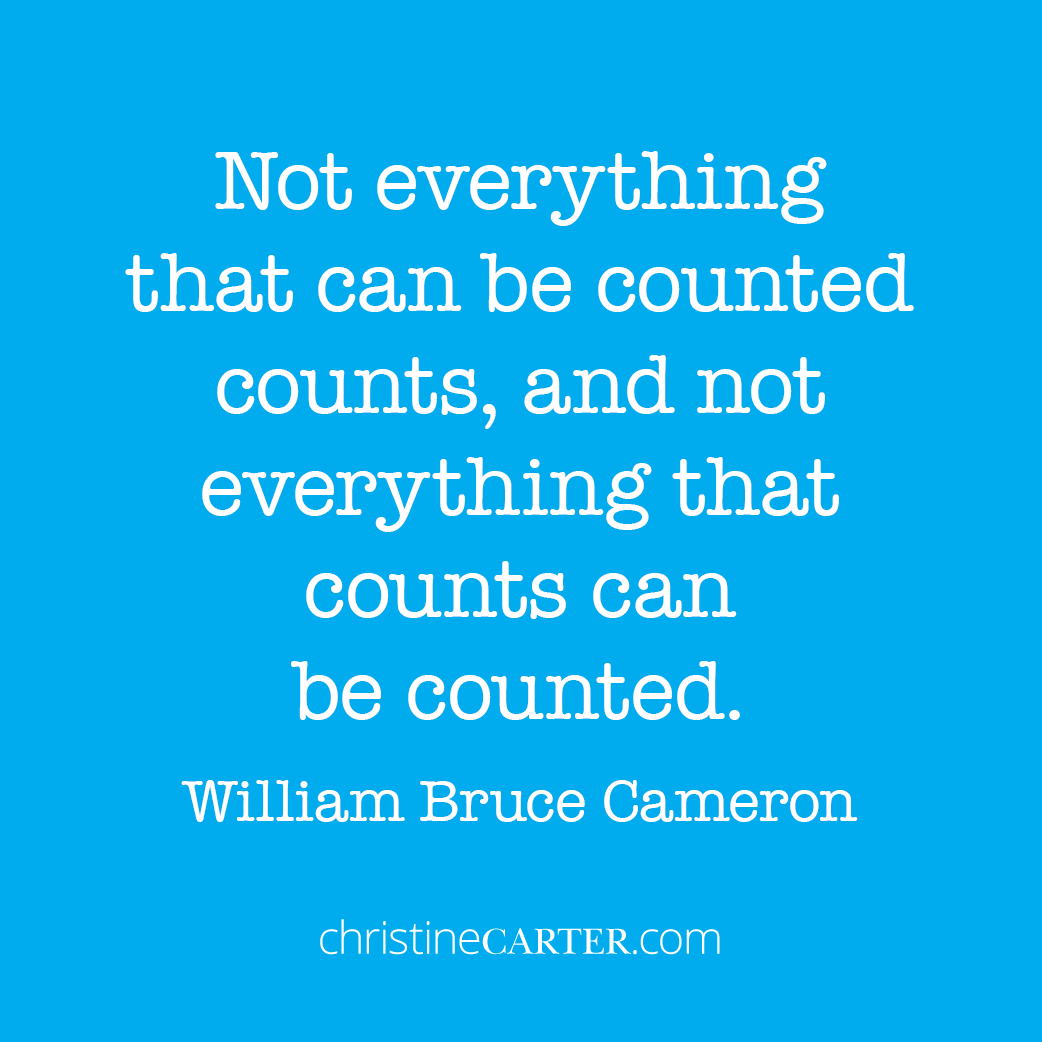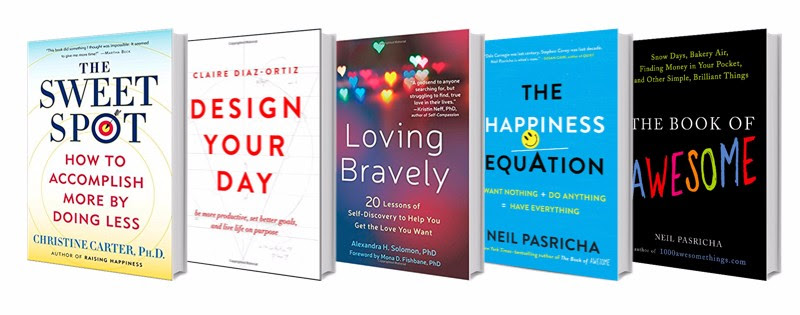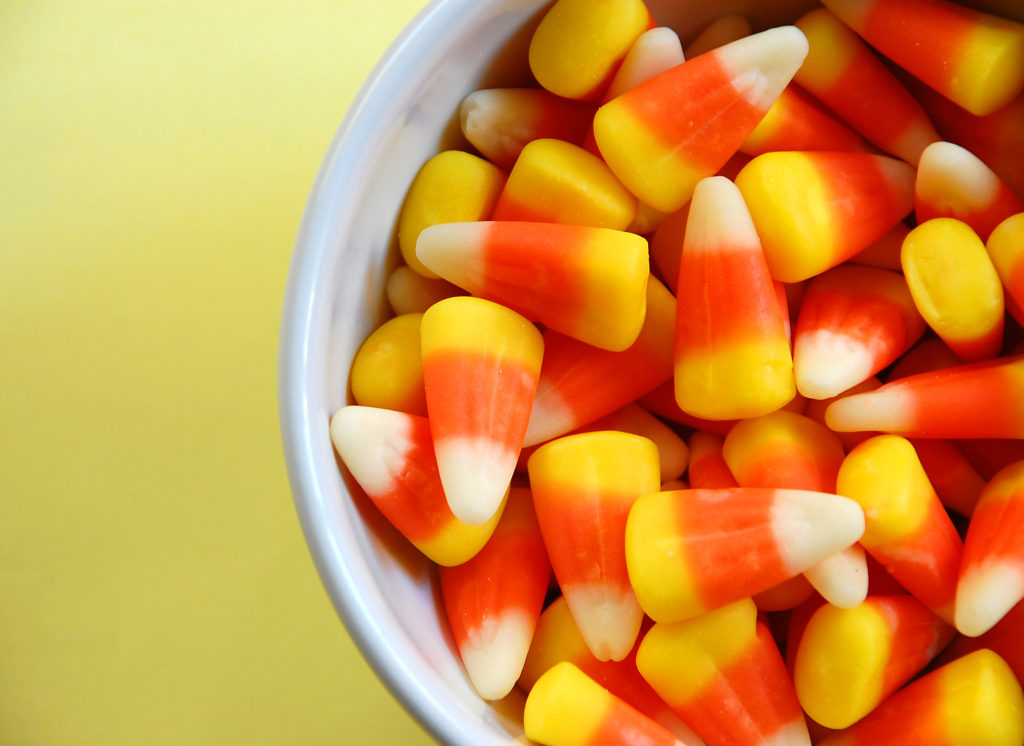We live in California, where marijuana is now, as of Jan. 1, legal for recreational use. My four teens report that pot is already very easy to come by and that “everyone” uses it. More concerning to me: Many of my friends – fellow parents – believe that teen marijuana use is not harmful.
Nothing could be further from the truth.
First, the good news: Most teens don’t smoke pot or ingest edibles. That said, 41 percent of American high school seniors report having used marijuana or synthetic cannabinoids in the past year, according to the National Institute on Drug Abuse. That’s a very large minority. Do they know what they are doing? Here is what I wish all kids – and their parents – knew about pot:
Marijuana slows brain development in adolescence.
Brain development is more significant during adolescence than during any other developmental stage (except in the womb). The transition from childhood to adulthood is a critical period of brain growth, and the brain’s natural endocannabinoid system – which is affected by marijuana use – plays a very important role in this development.
The unique brain growth that we see only during adolescence is temporarily halted by marijuana use. How? Delta-9-tetrahydrocannabinol, or THC, the ingredient in marijuana that produces a high, binds with the brain’s cannabinoid, or CB1, receptors. This blocks their normal function.
It also makes kids really high. Teenagers have more CB1 receptors than adults do for THC to bind to, and THC also stays in the CB1 receptor for longer than it would in an adult. Neuroscientist Dr. Frances Jensen, author of “The Teenage Brain,” recently told Terry Gross on the NPR program “Fresh Air” that “[THC] locks on longer than in the adult brain…. For instance, if [a teen] were to get high over a weekend, the effects may [still be] there on Thursday and Friday later that week. An adult wouldn’t have that same long-term effect.”
The effect I want parents and teens to understand is this: While THC is in the CB1 receptor, it blocks the process of learning and memory and slows, or stops, adolescent brain development.
Because of this, exposure to marijuana “during adolescence can dramatically alter brain maturation and cause long-lasting neurobiological changes that ultimately affect the function and behavior of the adult brain,” according to a 2014 review of research published in the journal Frontiers in Neuroscience examining the long-term consequences of marijuana use during adolescence, particularly the effects on cognitive functioning, emotional behavior and the risk of developing a psychiatric disorder in adulthood. The damage is irreversible. Early marijuana use has long-lasting consequences on IQ and intelligence and is “associated with a two-fold increase in the risk of developing a psychotic disorder,” like schizophrenia or bipolar disorder, according to the review.
This is not an unproven theory; we understand the neuroscience behind how and why marijuana affects an adolescent brain differently than it would an adult one. Still, 71 percent of high school seniors do not view “regular marijuana usage” to be harmful to their health, based on survey data from the National Institute on Drug Abuse. Most wouldn’t smoke a cigarette because they understand that smoking is unhealthy; it’s time for us to be more clear with teens that marijuana use is not a healthier choice.
Marijuana today is actually very addictive, especially for teens.
Most people think marijuana is “healthier” than alcohol or tobacco in part because they believe it isn’t addictive. But pot can be very habit-forming. Surprisingly, marijuana use is associated with a higher rate of clinically significant health problems and problematic behaviors among users, such as failure to meet major responsibilities at work, school or home, as well as dependence or addiction than alcohol among users, reports the 2016 National Survey on Drug Use and Health. Twenty-one percent of adult marijuana users met diagnostic criteria for addiction, according to that survey. Studies indicate that as many as one-third of users develop a diagnosable addiction, especially with strains of marijuana that have higher THC content.
Teenagers are especially susceptible to addiction – to alcohol, to social media, and yes, to marijuana. In the same way that teens learn faster than adults do, it’s also easier for their brains to “learn” to become addicted. Learning stimulates and enhances the brain. Substances like marijuana do the same thing, but during adolescence, teen brains “build a reward circuit around that substance to a much stronger, harder, longer addiction,” Jensen told Terry Gross. “The effects of substances are more permanent on the teen brain,” she noted. “They have more deleterious effects and can be more toxic to the teen than the adult.”
Pot today is a different drug than it was a generation or two ago.
I think a lot of parents in my generation believe that marijuana isn’t harmful or addictive because it didn’t used to be. THC concentrations have skyrocketed in recent years, and growers have bred the antipsychotic properties out of today’s marijuana.
Reports differ depending on where marijuana is sourced, but studies of THC concentration in cannabis show that before 1980, concentration of THC averaged around 1.5 percent. Potency rose to about 3 percent in the early 1980s and stayed there until about 1992, when it began to rise steadily. In the last decade, samples have averaged about 11 percent THC; and currently, specific breeding techniques are yielding strains that are 27 to 33 percent THC, according to findings published in Biological Psychiatry. Experts believe that this is likely now the norm in states where recreational marijuana is legal; higher THC concentration yields a more lucrative product.
In addition, 20 years ago marijuana had higher levels of cannabidiol, or CBD, a non-psychoactive cannabinoid in marijuana. Although CBD has medicinal benefits, growers are breeding it out of marijuana intended for recreational use because it keeps users from getting as high as they would without the CBD.
Higher THC and lower CBD produces a higher high – and also a higher potential for overdose. A THC overdose won’t kill you, but it can produce hallucinations, panic attacks and extreme paranoia. And an overdose can cause a psychotic break and psychotic disorders that can be hard for a teenager to ever recover from.
All of this is to say that marijuana use is not harmless for kids today, by any stretch of the imagination. But as many kids see (and smell) the adults around them getting stoned at concerts, at trailheads before a hike, and now, in California, just walking down the street – they assume that marijuana use is harmless fun.
Given this, my husband and I have taken what is, in our neck of the woods, a controversial stance: We are so clear about our expectation that our teens not use marijuana that we drug test them. We aren’t doing this because we believe our children have or will use drugs, or because we don’t trust them to tell us if they do (no tests have ever turned up positive). We do it because it gives them a solid excuse to abstain; they can say to their friends, “My parents are so crazy about this issue that they drug test me.”
Drug testing is not the only thing we are doing, of course. We talk with our kids regularly about the risks that marijuana poses, and we try to do a lot of listening, too. We are keenly interested in helping our kids develop the skills they need to cope with stress and anxiety– so that they aren’t tempted to self-medicate with drugs or alcohol. Interestingly, our kids have never protested being tested, and they seem genuinely glad that we are so black and white about all this. They know that they will be making their own choices soon, when they are adults. For now, they seem happy that we are making this choice for them.
This was originally posted on US News & World Report and on MSN.com.
Additional References:
Bose, Jonaki, Sarra L. Hedden, Rachel N. Lipari, Eunice Park-Lee, Jeremy D. Porter, and Michael R. Pemberton. “Key substance use and mental health indicators in the United States: Results from the 2015 National Survey on Drug Use and Health.” Substance Abuse and Mental Health Services Administration website. Published September (2016).
Caulkins, Jonathan P. “The real dangers of marijuana.” National Affairs 26 (2016): 21-24.
El Sohly, Mahmoud A., Zlatko Mehmedic, Susan Foster, Chandrani Gon, Suman Chandra, and James C. Church. “Changes in cannabis potency over the last 2 decades (1995–2014): Analysis of current data in the United States.” Biological psychiatry 79, no. 7 (2016): 613-619.
Renard, Justine, Marie-Odile Krebs, Gwenaëlle Le Pen, and Thérèse M. Jay. “Long-term consequences of adolescent cannabinoid exposure in adult psychopathology.” Frontiers in neuroscience 8 (2014).











